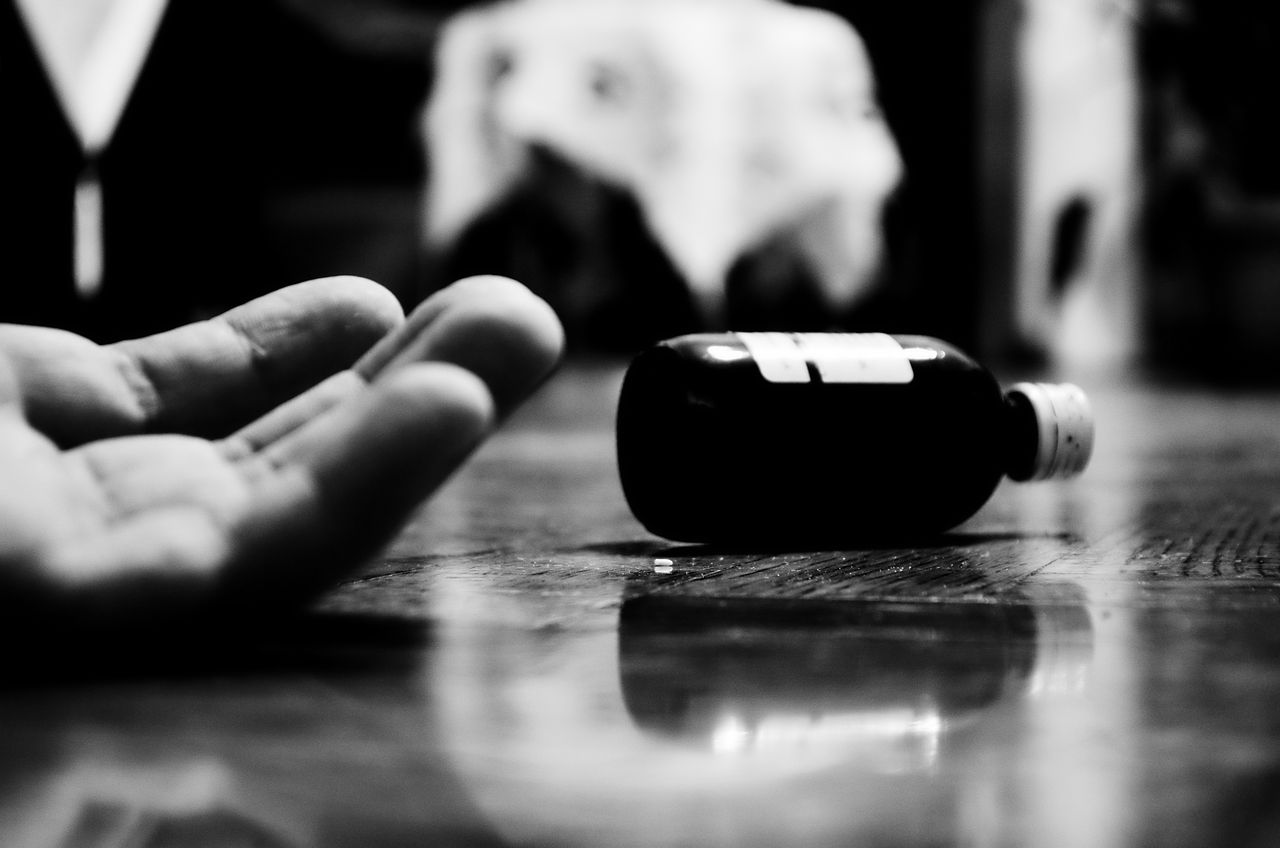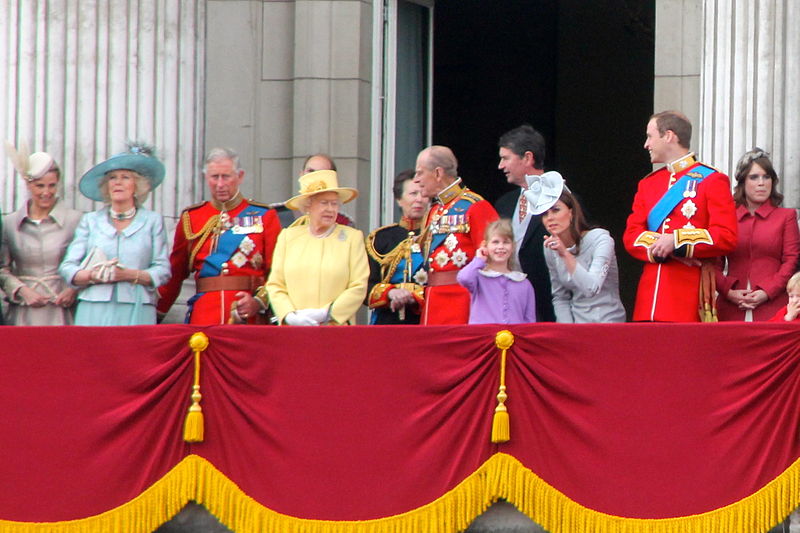Agree
William Singh
The classic problem with any motion containing words like “sanitised” is it’s almost impossible to argue that we should censor, but instinctively most people will be able to think of things they’d rather not see in media. The word censorship immediately makes us cautious- and rightly so. But we have always had authorities to regulate content shown in media- and it is surely a more radical proposition to argue that we ought to have no regulation at all.
It is perpetually in vogue for artists to push the boundaries of acceptability, but that does not mean that every piece of media need be a politically-motivated think piece. The basic truth is this- most people most of the time sit down to enjoy media as a place of simple escapism. Being ‘edgy’ or boundary-pushing for the sake of it where there may be real world practical consequences for doing so is neither essential nor helpful for media or society as a whole.
As a particularly striking example: the House of Commons Health Select Committee recently made headlines for allegedly promoting ‘censorship’ of media by changing broadcast requirements on showing suicide in media. But what was the specific change recommended?
MPs say the term ‘excessive detail’ should be replaced with ‘unnecessary detail’. The idea is not that suicide is too difficult or serious a subject for media so must be censored- rather it is about making sure programmers consider the necessity of showing practical details, such as specific methods or promoting the image that suicide could be ‘quick, easy and painless’.
The move has been supported by MPs of all parties, as well as NGOs such as the Samaritans, whose Chief Executive said “we are pleased that our work with the media to ensure that the portrayal and media coverage of suicide and attempted suicide is responsible has been acknowledged. We know that strengthening media codes of practice in this area will mean fewer people are put at risk because of irresponsible content.”
Does the opposite side think we should get rid of any such code of conduct? Call it censorship if you like, but the case for public broadcasters recognising their responsibilities is long-standing and common sense.
The fundamental question posed by this debate is this: can depictions in media influence real world attitudes and actions, and if they can, does that justify some level of regulation on content for the purposes of public protection?
To be clear: this side is not arguing that we need to sanitise ideas or difficult concepts. The public deserve the breadth and opportunity presented by free expression in art. But it does not follow that we can ignore the reality that some media depictions do have genuine harmful consequences on public safety. The task is to regulate in such a way as not to compromise either safety or expression- and we should not give up and decide that that is impossible.
The first is, I would suggest, widely accepted by most, particularly on the political left. We treat media narratives as reflective of the world, and as such they inform our own world views- this, combined with the practical argument that specific details of some issues are both unnecessary for a storytelling narrative and practically damaging in the real world, make the argument for so-called ‘censorship’ common sense.
Disagree
Georgia Grace
Not once in the history of media and the arts has censorship been a good idea. True, it may seem like a leap to go from softening themes of suicide and drug abuse, to the cultural authoritarianism of Nazi Germany and the Soviet Union, but the comparisons are there for a reason.
To use a cliché, censorship is a slippery slope. And that’s because there are no definitive boundaries, only subjectivity. What’s acceptable to one person is offensive or dangerous to another, and there’s no correct answer as to who gets to make that decision.
The modern media has developed age ratings and trigger warnings to advise potential audiences on matters that may be troubling to them. Contrary to popular right-of-centre opinion, trigger warnings are the antithesis of censorship; they are exceptionally useful at giving audiences back their freedom to choose.
By informing people of the potentially disturbing issues they may face in the media, we lose the necessity to sanitise it.
It’s true that these kinds of warnings are not always possible. You can’t always help noticing things such as newspaper front covers, street art, online adverts and television shows in public waiting rooms. In these instances, I think it’s wise to advise individuals to use their discretion.
I do for instance support the campaign to move pornographic magazines in stores away from the eye-line of children. However, I wouldn’t describe this measure as sanitisation. It’s about creating an appropriate space between certain media and certain audiences, not about editing the media itself.
The arts are an important platform for self-expression, and identifying and engaging with social issues. While those issues may be upsetting to some, they’re presence can be of great comfort and benefit to others.
J. D. Salinger’s The Catcher in the Rye is a particularly controversial novel that has experienced a wave of censorship across the United States, especially due to its association with the assassination and attempted assassination respectively of John Lennon and Ronald Reagan. But to many, The Catcher in the Rye’s accurate and nuanced depiction of teenage angst, isolation and mental illness is a great source of comfort and self-validation.
Concerns have arisen recently over the sensationalist and detailed approach journalists have taken when reporting real life events such as self-harm and suicide. Of course, this is troubling, but forcing people to discuss issues in a particular way simply won’t work in this ever-expansive digital age, in which the boundaries between journalism and social media are increasingly blurred.
Instead, we can continue to educate everyone on the realities of mental illness, and all of the support that is out there.
It’s also worth considering that the values we currently hold in society are not cemented in moral supremacy. If this proposed sanitation was implemented 50 years ago, we would be banning positive representations of LGBTQ+ people and interracial relationships. Are we really so naïve to believe our understanding of what is right and wrong today is definitively correct?
There are certainly actions we can take to protect audiences from particular elements of the media, but sanitation is an oppressive, assumptive and patronising method of doing so which does not correlate with our values of freedom and expression.
Image: Wikimedia Commons




